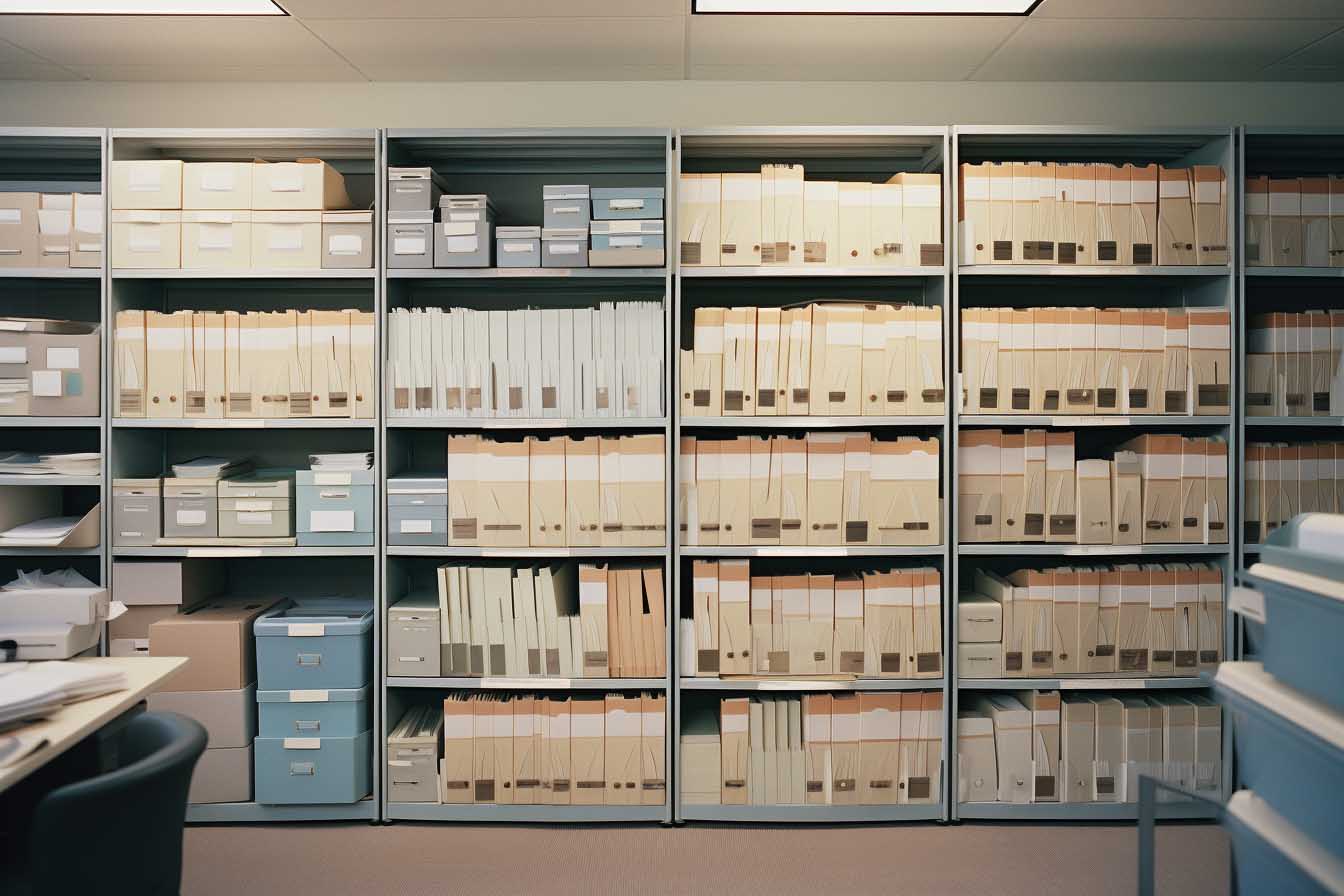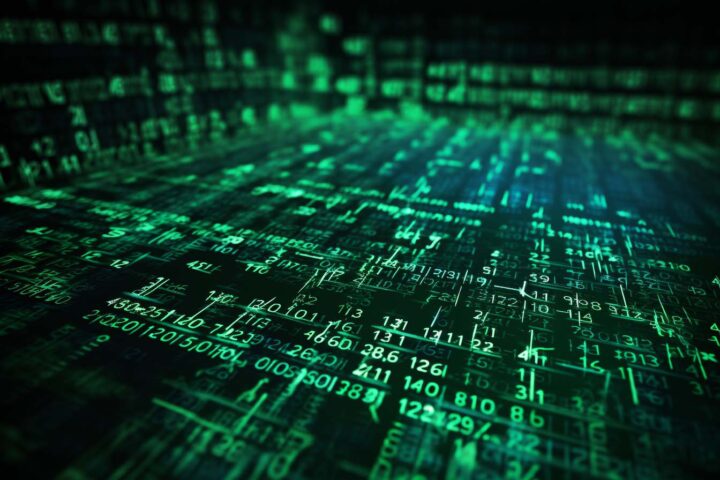TLDR:
NASA is using Laser Retroreflective Arrays (LRAs) to track the locations of lunar landers more accurately. LRAs, which are small, lightweight, and inexpensive devices, will be attached to landers sent to the Moon as part of NASA’s Commercial Lunar Payload Service (CLPS) initiative. By shining a laser beam from one spacecraft towards the retroreflectors on another and measuring the time it takes for the light to return, scientists can determine the distance between them. LRAs also act as navigation aids for orbiting satellites and can be used for precision docking and rangefinding in dark areas close to permanently shadowed regions near the lunar South Pole. As more LRAs are deployed, scientists will be able to accurately gauge the location of key landers and other points of interest on the Moon.
Key points:
- NASA is using Laser Retroreflective Arrays (LRAs) to track lunar landers more accurately as part of its Commercial Lunar Payload Service (CLPS) initiative.
- LRAs are small, lightweight, and inexpensive devices that can be attached to landers.
- By shining a laser beam towards the retroreflectors on a lander and measuring the time it takes for the light to return, scientists can determine the distance between the spacecraft.
- LRAs also act as navigation aids and can be used for precision docking and rangefinding in dark areas close to the lunar South Pole.
- As more LRAs are deployed, scientists will be able to accurately gauge the location of landers and other points of interest on the Moon.
Keywords: NASA, lunar landers, Laser Retroreflective Arrays (LRAs), Commercial Lunar Payload Service (CLPS), precision docking, rangefinding, lunar South Pole







